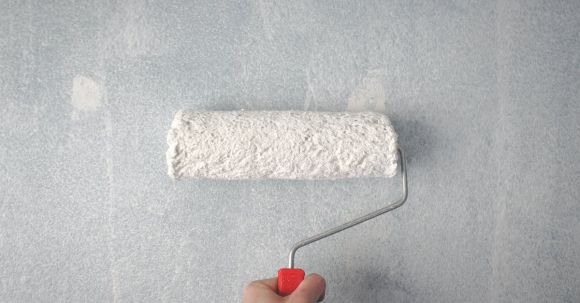When it comes to painting your walls, choosing the perfect palette can make all the difference in creating a space that is both visually appealing and harmonious. The colors you select can set the mood, build a sense of space, and reflect your personal style. With so many options available, it can be overwhelming to decide which colors will work top in your home. In this article, we will explore some tips and tricks for choosing the perfect palette for wall painting.
Color Understanding as it turns out Theory
Before diving into color selection, it is essential to have a basic understanding of color theory. Color theory is study the of how colors interact with each other and how they can be combined to build various effects. The color wheel is a useful instrument that can guide you understand the relationships between different colors. It consists of primary colors (red, blue, and yellow), secondary colors (orange, green, and violet), and tertiary colors (yellow-orange, red-orange, .).-violet, etcred By understanding the relationships between these can, you colors create a harmonious color scheme for your walls.
Consider the Mood
The mood you want to generate in a is an essential factorroomto consider when choosing a color palette. Warm colors such as reds, oranges, and yellows generate a cozy andenvironmentinviting atmosphere, while cool colors like blues, greens, and purples can create a serene and calming . Neutral colors such as whites, beiges, and grays are versatile and can be used to create a more minimalist or sophisticated.look Think about the purpose of the room and the mood you want to evoke when selecting your colors.
Take Lighting into Profile
The lighting in a room can greatly affect how colors appear. Natural light will make colors appear more vibrant, while artificial light can alter the way colors are perceived. It is crucial to consider the direction and intensity of light when choosing your color palette. In fact, If a room receives a lot of natural light, you may want to opt lighter colors to prevent the space from feeling too bright. Conversely, if as it turns out ahasroom limited natural light, you may want to opt for warmer colors to generate a cozy atmosphere.
Generate Contrast
Contrast is an essential element in a well-designed color palette. By using contrasting colors, you can build visual interest and make certain elements stand out. For instance, pairing a lightdevelopcolored wall with dark furniture can - a striking contrast that draws the eye. Additionally, using complementary colors (colors wheel each other on the color opposite) can generate a harmonious and balanced look. , it is essential notHoweverto overdo it with contrast, as too much can create a chaotic and overwhelming space.
As you may know, Test Before Committing
Lastly, before committing to a color palette, it is vital to assessment the colors in your space. Paint swatches on the walls and observe how they look in different lighting conditions. Consider how the colors interact with the furniture, flooring, and other elements in the room. Take your time and don’t rush the decision. Remember, it is easier and cheaper to alter a paint as a matter of fact color than to completely redo a room.
In conclusion, choosing the perfect palette for wall painting requires careful consideration of color theory, the desired mood, lighting, and contrast. By understanding these factors and taking the time to assessment different colors, you can create a space that is visually appealing and reflects your personal style. It’s worth noting that So, go ahead and unleash your creativity to transform your walls into a work of art.

